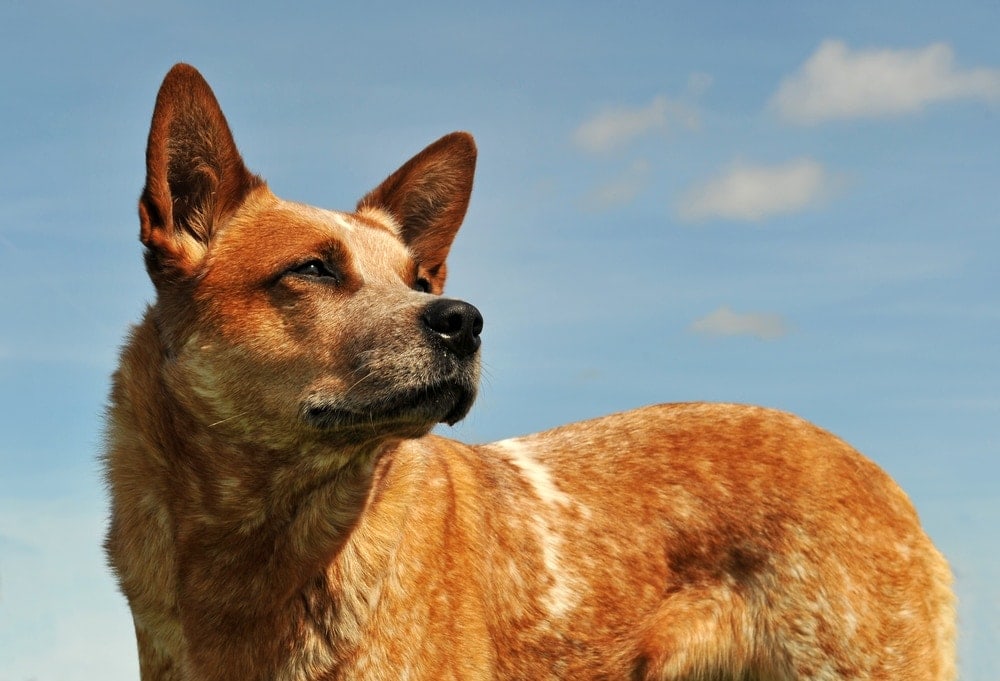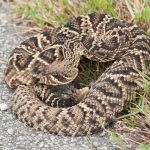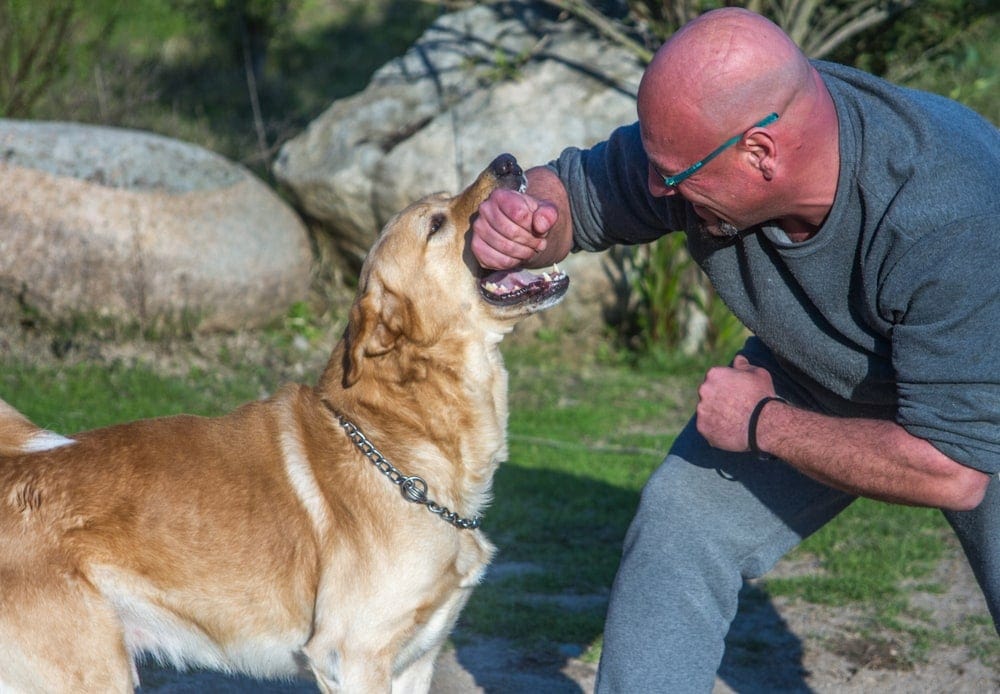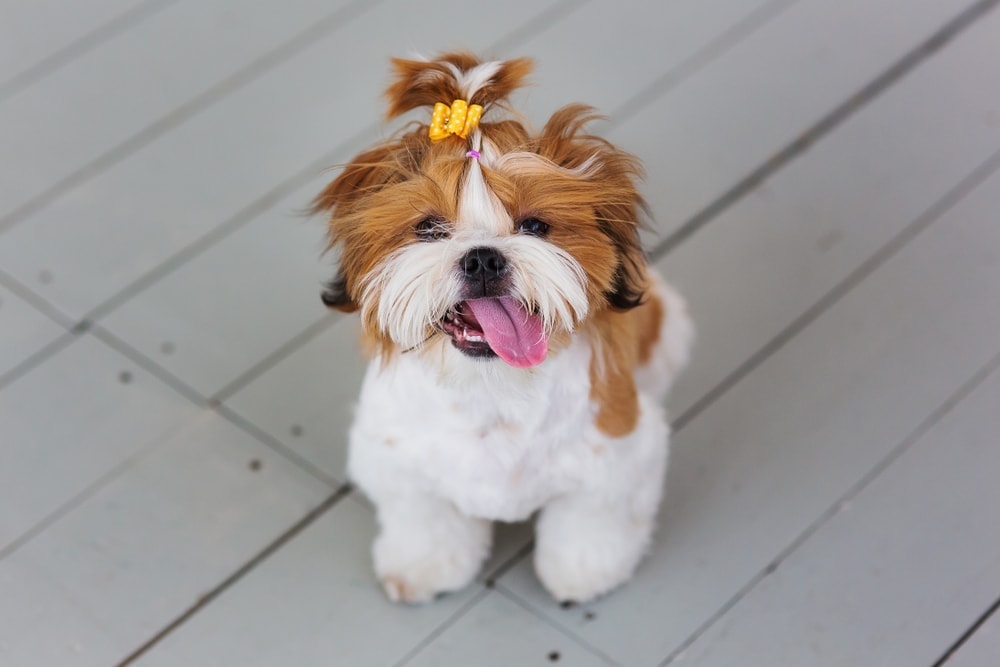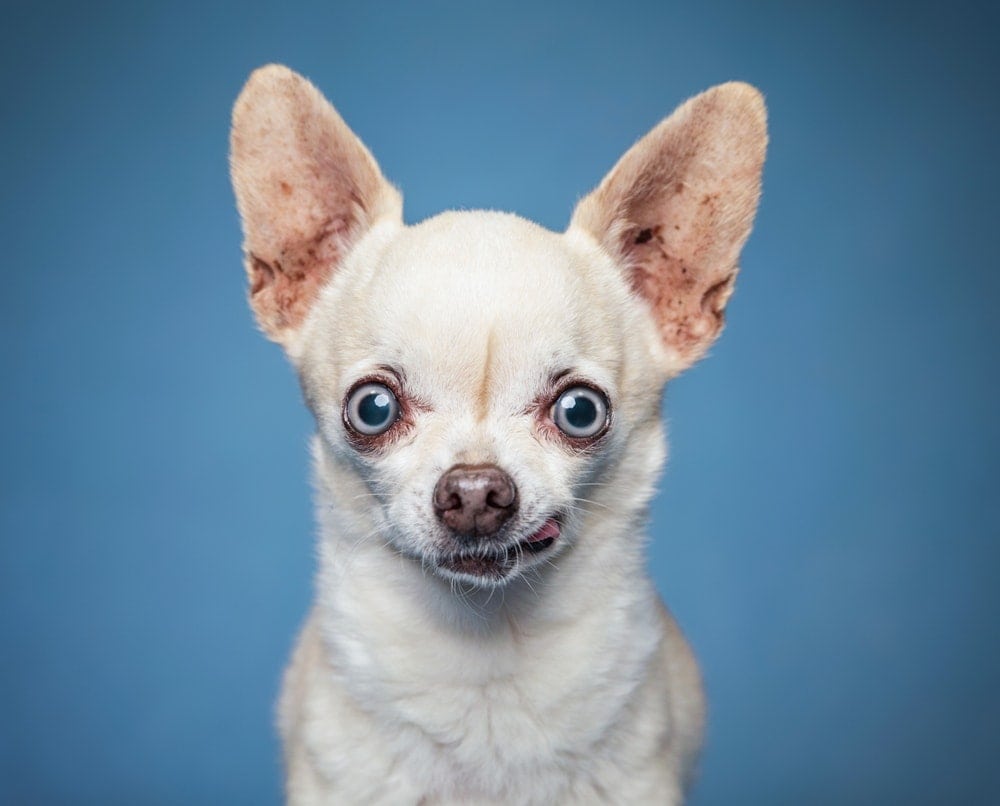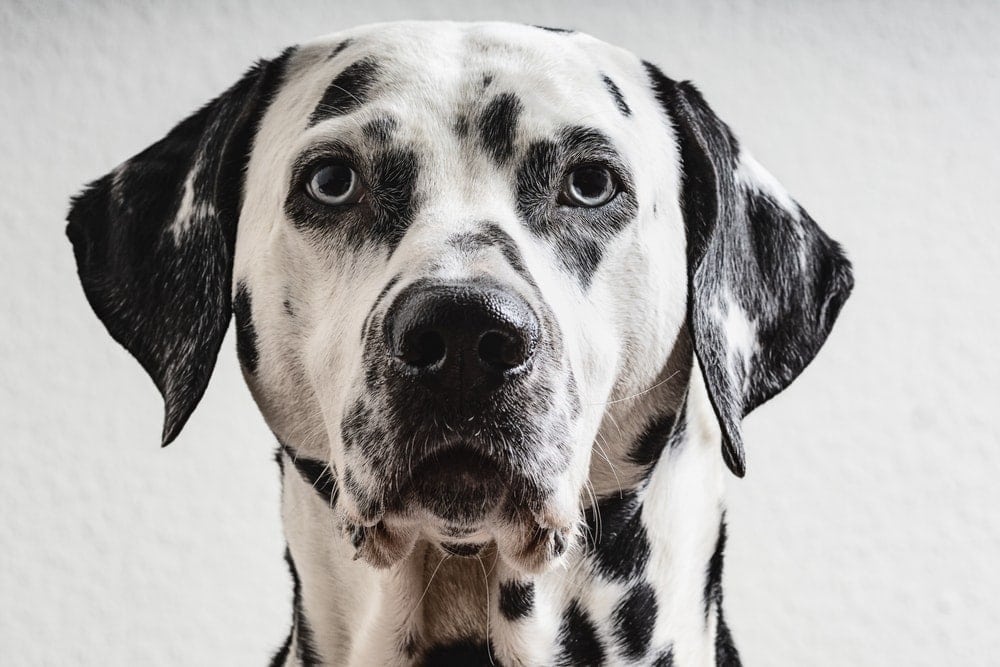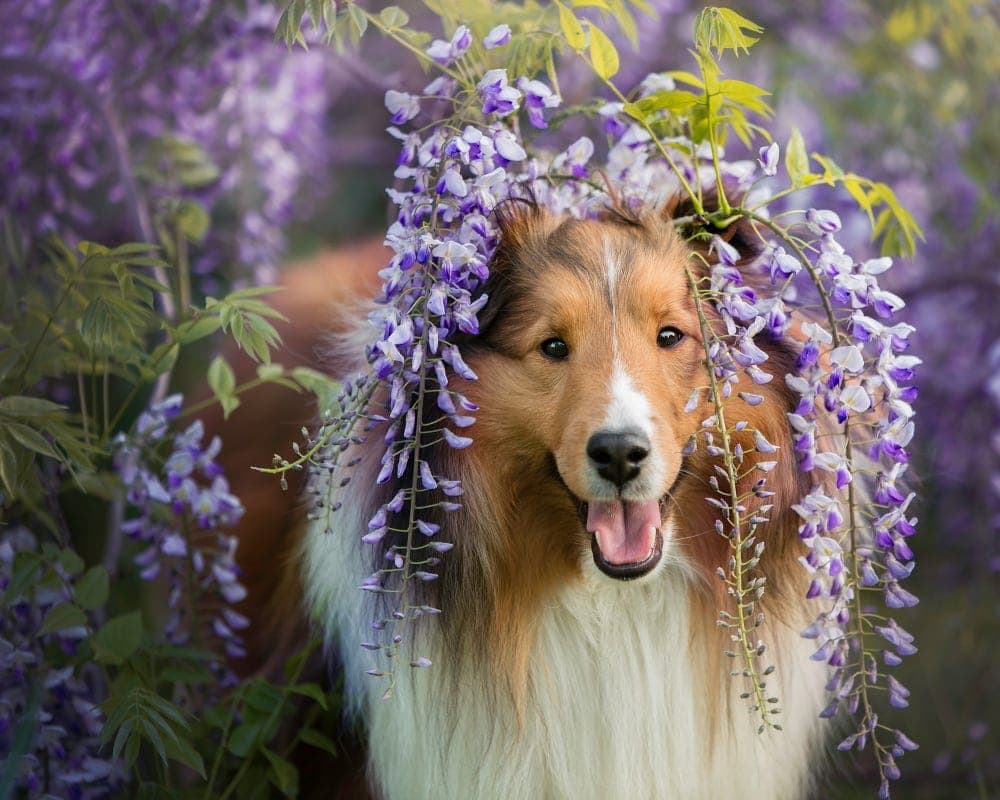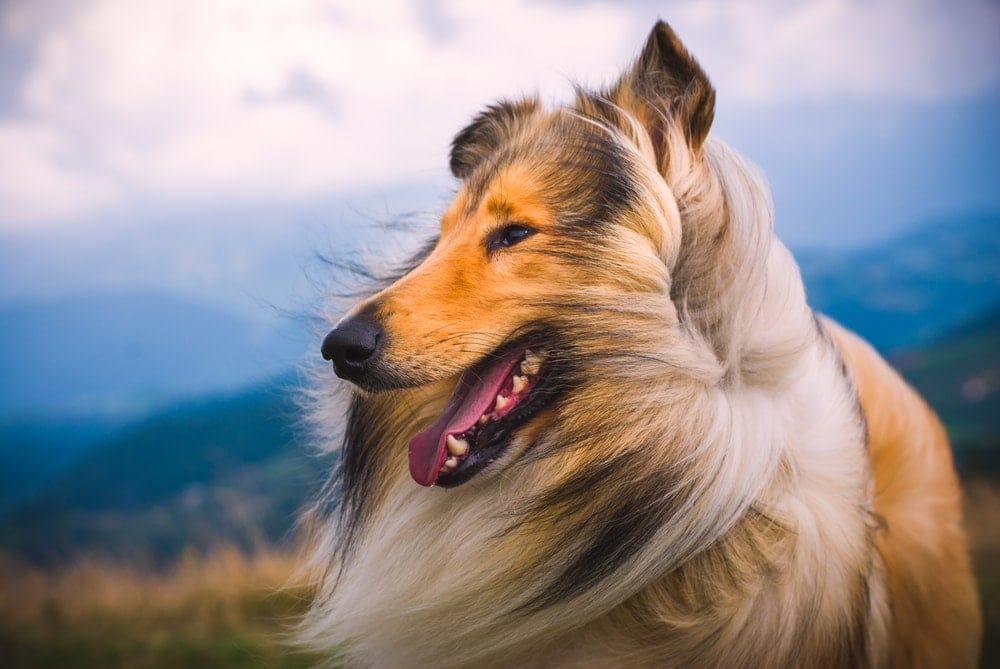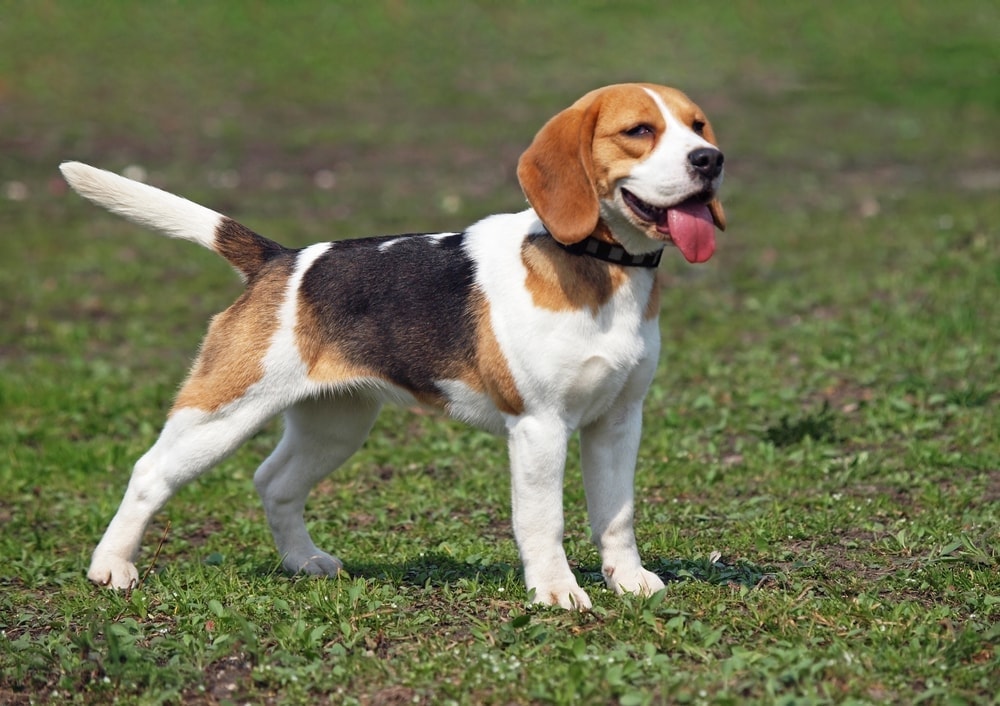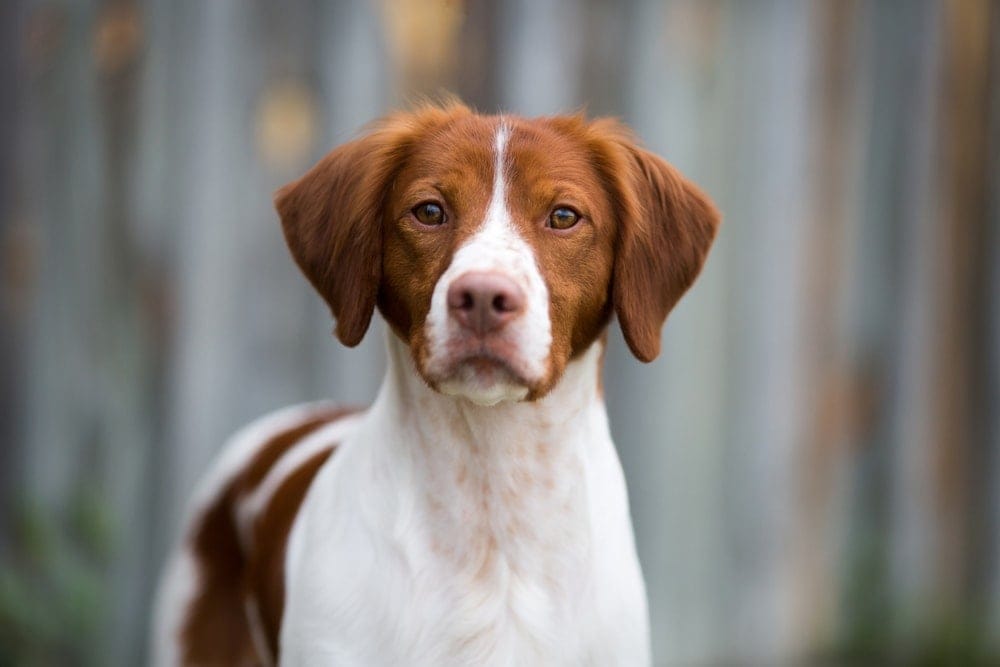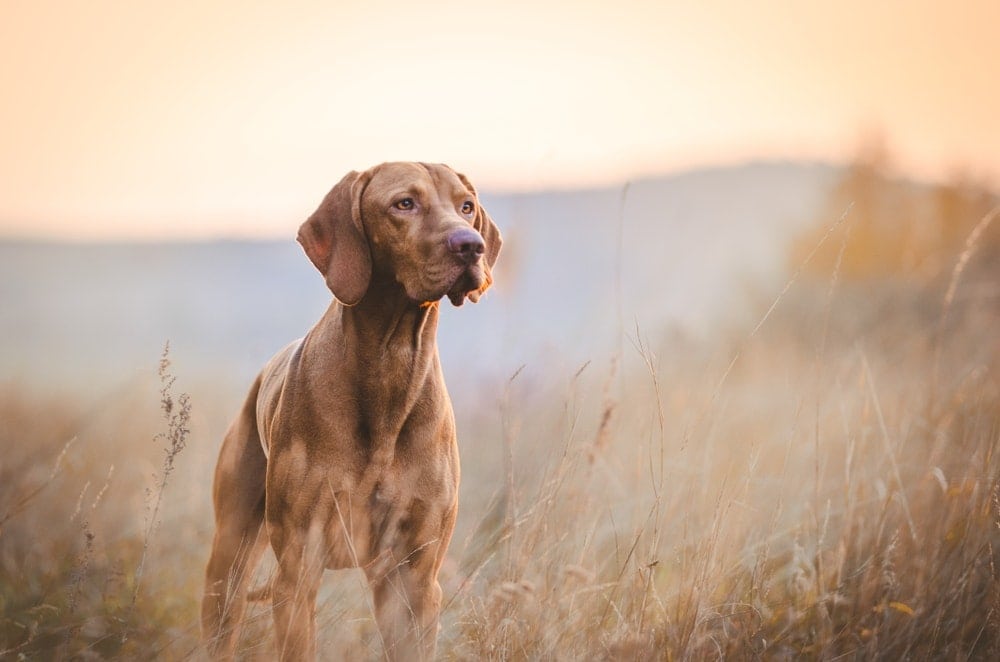The Australian Cattle Dog, also known simply as a cattle dog, red or blue heeler, or Queensland heeler, is a dog breed that was selectively bred in Australia a long time ago. They are descended from dingoes. Heelers are known as perfect working dogs, with amazing potential in agility, ease in grooming, and amazing human companions.
These dogs can make for an excellent pet, but they aren’t for everyone. The size of the dog you get is important for many reasons.
Red heelers tend to be high-energy, active, and very smart. If they are not living in a private house with lots of free activity, red heelers require a lot of exercises. It is a great family pet but without lots of activity, they can destroy things in the house when they are bored. So it is not a good choice if you live in an apartment or have a busy working family.
As every dog-red heeler can be of different sizes, males are usually much bigger than females. So how Big Do Red Heeler Dogs Get?
Adult male red heelers should be between 17 and 20 inches tall and the average weight for these adorable dogs ranges between 35 and 50 pounds. Female Red Heelers have a maximum weight of about 35 to 40 pounds. These dogs measure anywhere from 17 to 19 inches tall once they reach full maturity.
In the following article, you can find deep information about this breed and what health problems you can face with your furry red heeler friend.
Brief History of the Red Heeler
The Red Heeler, otherwise known as the Australian Cattle Dog, has a pretty interesting history. This breed dates back to 1840, which is when ranchers decided to use it for herding cattle. The fearless and hard-working nature of these dogs makes them well-suited for this line of work.
Cattleman George Hall was born in Australia, widely considered to be the “father” of this breed. He and his son Thomas Hall drove cattle thousands of kilometers to Sydney and needed a perfect cattle dog to help push cattle through dense underbrush. Local droving dogs like dalmatians, brought from England in 19th century, were not good enough for cattle in the harsh conditions of the Outback. They crossed their dogs with native dingoes of Australia to solve this issue and received a unique breed of puppies. These dogs now are known in the world as “Hall’s heelers”, the famous canines of Hall’s breeders.
in 1900 George Hall establish two cattle stations in the Upper Hunter Valley.
The very first Red Heeler was brought to the USA in the 1940s and they appeared in the AKC (American Kennel Club) registry in 1893. The Border Heeler, sometimes called Heeler Collie, is a hybrid of the Border Collie and Red Heeler.
They are still used for this purpose in Australia and other places around the world even today. What these dogs somewhat lack in sheer size is more than made up for with their unbelievable tough attitude.
Size
Males
Red Heelers are generally considered to be fully grown once they reach 12 to 15 months old. It can take up to 18 months, however, for them to reach their maximum weight.
Male Red Heelers weigh about 14 pounds by the time they reach three months, quickly growing in size as they get older. By the time they are six months old, they weigh approximately 25 pounds.
They weigh a little over 32 pounds by the time they are one year old. The maximum weight for males is almost 50 pounds. Males can range in size from 18 to 20 inches when they are fully grown.
Females
Female Red Heelers weigh anywhere from 10 to 14 pounds at three months old. They have a maximum weight of about 35 to 40 pounds. These dogs measure anywhere from 17 to 19 inches tall once they reach full maturity.
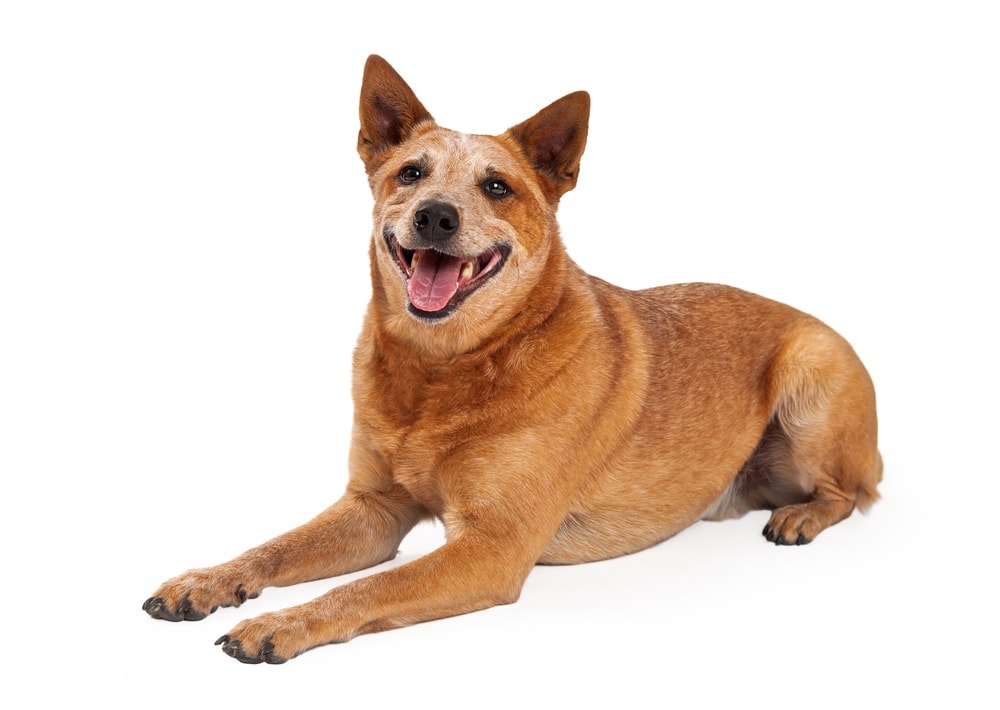
The Size Advantage
One of the reasons that Red Heelers are so sought after is because of their size. They are nice medium-size dogs that can still be very intimidating. The overall size and toughness of these dogs make them excellent guardians.
You can rest easy knowing that your home and family are safe with one of these dogs on the lookout. They are known for being extremely protective of their family members.
The size of these dogs works in their favor as cattle herders as well. They aren’t in danger of getting hit by a startled cow when they start nipping at their legs. This is just one of the many reasons that they were bred for this specific purpose.
Despite the decent size of the Red Heeler, it is very agile and can move around quickly. This is a trait that benefits these dogs in just about every way.
Living with a Red Heeler
They’re highly protective of their family, forming strong bonds with the people they spend the most time with. While Red Heelers can be great companions and excellent watchdogs, they aren’t always the easiest animals to take care of. These dogs can be quite stubborn and need a lot of exercise on a daily basis like fetch, advanced obedience training, and long walks with agility elements. You will therefore need a decent-sized backyard if you want to get one.
To avoid destructive behaviors you should keep your dog’s routine interesting to keep your dog engaged. Use positive reinforcement for your canine friend associates following your commands with enjoyment or tasty rewards.
A fully grown male can take up a lot of space for a medium-size dog. They walk around the house like they own the place, often knocking over things in the process. This is not a good breed to get if you live in an apartment, so you’ll want to think twice before getting a red heeler puppy.
These dogs use their physicality all the time. Whether it is herding cattle in a field or playing a game of fetch, they love to stay active. Lots of red heelers end up in shelters because people are simply not expecting them to be so hyperactive and can’t handle their herding instincts. That’s why you can find different types of cattle dogs available for adoption.
As very active working dogs, Hall’s Heelers will need a high-protein balanced diet that contains 30% to 35% of protein.
You may also notice that your Red Heeler is under the impression that it is actually a lap dog, despite its considerable size. It is not uncommon for these dogs to jump into the lap of their owner at random moments. This can definitely be an endearing behavior, but it also gets older pretty quickly.
Like any other cattle dog, the Red Heeler dog has a smooth weather-resistant double coat with a short, dense undercoat. They don’t need regular grooming but be prepared for quite a big amount of fur in your house because they shed twice a year. They require regular nails clipping, brushing their teeth to prevent decay, and cleaning their eyes and ears to prevent infections.
Sleep Accommodations
Because these dogs are of a substantial size, you’ll need to get a bed that is big enough for them to sleep on comfortably. It might be a good idea to get an orthopedic bed for your dog when it starts getting older. This can ease the discomfort that they may feel from any joint pain/arthritis.
The more your dog enjoys its bed, the less likely it will be to try climbing into yours. As we mentioned above, this breed has a tendency to believe that it is smaller than it actually is at times.

Health Problems Related to Size
The size and high-energy nature of these dogs make them prone to hip dysplasia and elbow dysplasia, sometimes at a fairly young age. This is when the dog’s hip socket no longer covers the ball part of the upper thighbone.
Their hip joint becomes dislocated to some degree. It is a condition that only gets worse over time, eventually requiring surgery. Unfortunately, there is really no good way to prevent this issue with your dog. There are supplements that can help with maintaining joint health, but they are only so effective.
The best way to prevent hip dysplasia in your Red Heeler is to ensure that it remains at a healthy weight. The more excess fat your dog carries around, the more likely they are to develop issues with their joints over time.
Even though this breed is healthy there is some genetic issue to be aware of. One of them is progressive retinal atrophy, specifically progressive rod-cone degeneration, or PRCD.
Conclusion
- Male Red Heelers can grow up to a whopping 50 pounds and stand 20 inches tall when fully matured.
- Adult females can grow up to 19 inches with a maximum weight of 40 pounds.
- This is not a good dog to have if you live in an apartment, as it will need plenty of space to run around.
- You should ideally have a good size backyard that can accommodate the high energy nature of this breed.
- Make sure that you get your Red Heeler a bed that is large enough for it to spread out on.
- The size and tough attitude of these dogs make them wonderful family pets.
- Some of these dogs eventually develop problems with arthritis and hip dysplasia due to their size and activity level.
Frequently Asked Questions:
What two dogs make a Red Heeler?
In 1840 George Elliot crossed Dingos, Collies, and other herding dogs and received a new breed he called Red Heeler or Australian Cattle Dog. The breed was so great that quickly became popular among herders in Australia and Great Britain.
Are red Heelers good house dogs?
Red Healer is a great family breed and an amazing companion. They are good with kids and not too big to require a big house. But as herding dogs, they need regularly long walks and a lot of exercise to stay healthy and calm in the house.
Do red Heelers bark a lot?
this amazing Australian breed does not bark without reason. They might make sounds if they feel a lack of your attention in daily life. As a good herding dog, they might bark if they see a danger to their family so they might try to get your attention in this case.
How much exercise do red Heelers need?
Red Heelers are quite active dogs and with a lack of exercise, they may chew the things in your house, bark, or scratch something. But with a proper activity of 90-120 minutes per day, you will avoid all unnecessary problems and keep your dog in a good weight and health condition.
